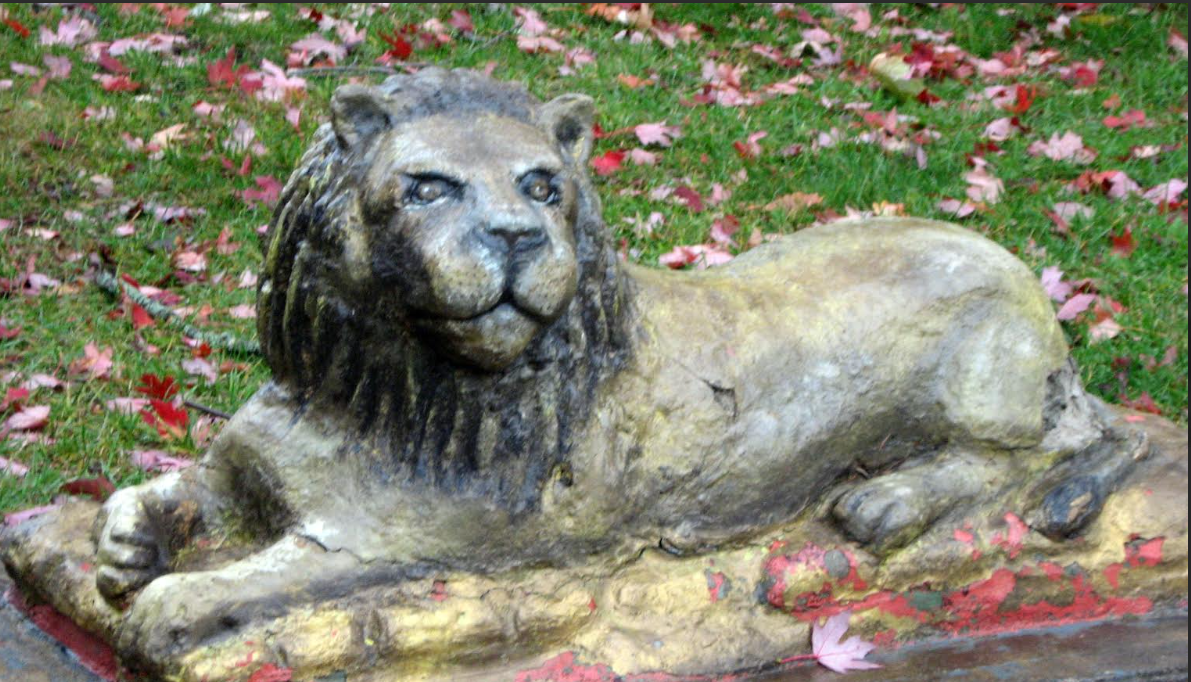A 1987 Vacation to Gananoque
by: Sherry L. B. Johnson
This month in the life of a heritage storyteller . . .
First question of the month is usually: what might be this month’s article for Thousand Island Life? The answer is rarely simple. This month is a great example. The plan was to continue the Gananoque buildings series “My name is . . .” with a story about Rebecca Edwards and her family home on King St. Almost immediately, it became apparent that more research was obviously needed. It turned out that the house at 181 King St W was not built by or for the Edwards family. It was first the home of Issac Briggs. Beyond being a recognized Gananoque industrialist during the days when the town was nicknamed the “Birmingham of Canada” there is little info to be found on him. There was still hope to write about “Quorn House,” Rebecca Edwards’ other, and first, guest house.
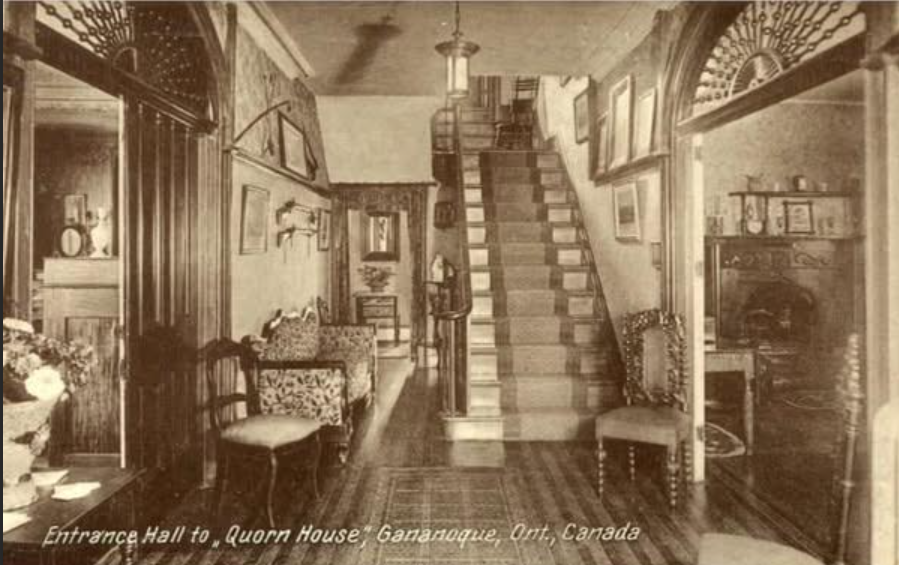
That was until, despite the unique name, another gaping crevasse in the available information showed up. Quorn is a place in England. Its historical society confirmed that the Edwards there have no connection to the Gananoque Edwards. The name Quorn turns up in the prairies, but has no obvious links to Gan or to Rebecca. Australia also has an even less likely Quorn. Then there is the possibility that the connection has something to do with the popular paintings of Quorn Hunt. At this point, distraction arrived conveniently in the form of a request from the Thousand Island History Museum for information on the Lion in Town Hall Park.
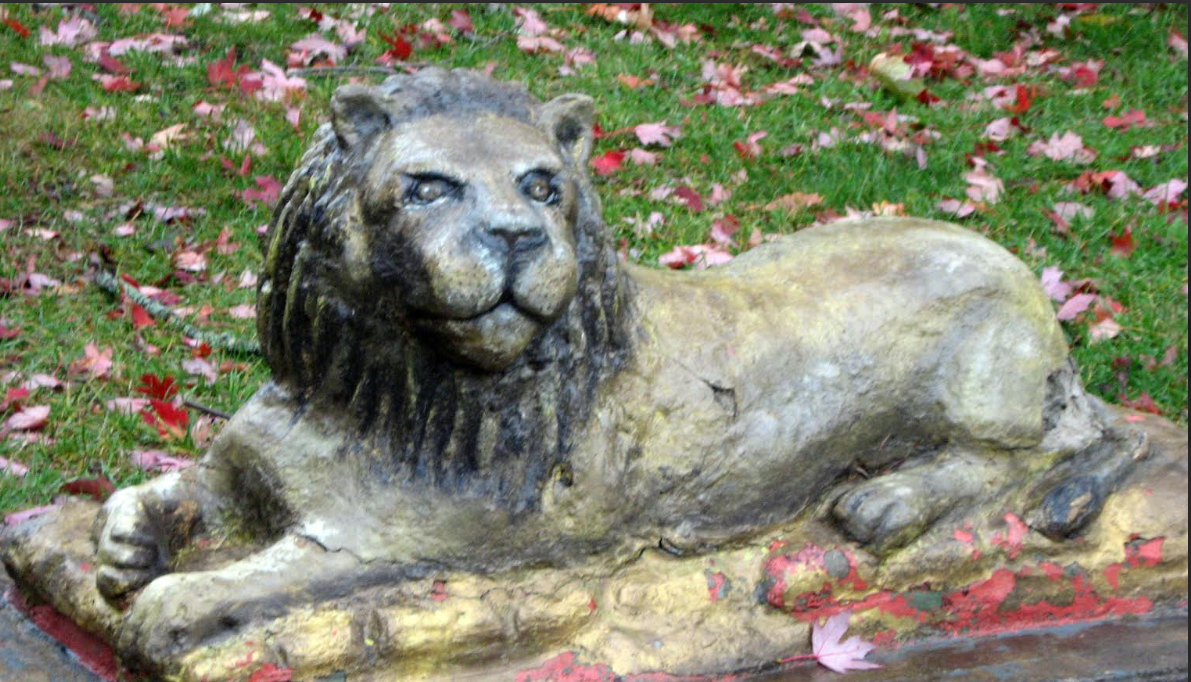
Tidying up all the notes and writing about Charlie Wand, the artist who made “Mr Lion,” as I think of him, has been on the “should do” list for several years. A very satisfactory reply was soon written up and sent to the museum, and it seemed likely that a quick polishing would produce this month's article. Nope. It sent me off getting permission to use photos, and trying to work out why Charlie left Ogdensburg for Gananoque. The answer to that question finally did appear a few days ago, but it came with a need to check some old assumptions. Once I got permission to use the photo of Uncle Alexander, it became apparent that my theory that he was an influence in Charlie’s life may be incorrect. Stalled again!
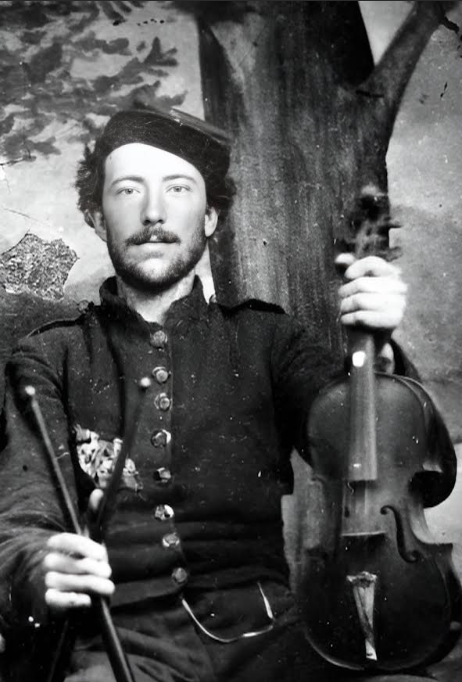
Suddenly an idea
Just then a convenient distraction arrived in the form of an email request to help identify the subjects of some just discovered 35mm slides of a 1987 vacation in the Thousand Islands. It was a delightful and fun project!
One of those photographs gave this heritage writer an idea. Some of the photographs showed an interesting piece of Gananoque's more recent heritage. A property that people often wonder about and about which there seems to be no complete history - the Thousand Islands Wild Kingdom. This attraction opened in 1983, as a 20 hectare park just south of Hwy 401 and east of Hwy 32.
It replaced the Woodland Park Zoo in Mallorytown, which was closed in 1979. Woodland Park was a victim of complaints about the conditions of both the grounds and the cages. The public's idea of what a zoo should be was changing, as was our sense of what was cruel. No longer were the roadside caged bears and other such displays considered appropriate tourist attractions at restaurants and gas stations along the small highways.
Although the Wild Kingdom was a thoughtfully designed $500,000 upgrade of the roadside zoo idea, it was fated to a short lifespan because of the rapid pace of change in what zoos were expected to be. The designation Wild Kingdom was deliberate and because it was intended to be more than people looking at animals in cages.
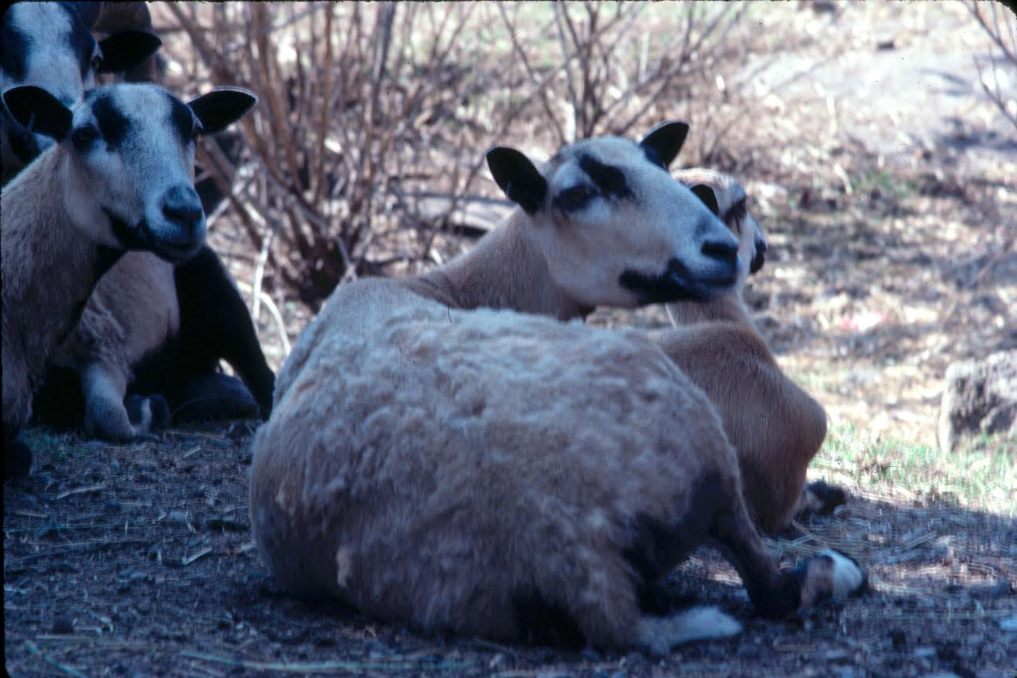
There were about 150 animals at the zoo in 1985. Birds of prey gave demonstrations, flying high and returning to land on the hands of volunteers. There was a zoo area known as Old McCarney's Farm, named for Hal McCarney, one of the zoo owners. Here children could pet llamas, sheep, goats, and other animals. A Gananoque friend speaks of a visible bond between Hal and the animals, reflecting a care and concern for them.
By the 1990’s, Thousand Island Wild Kingdom was suffering the same fate as many zoos, seeing both strongly worded attacks about cruelty and enthusiastic defence of the quality of care and concern for the animals. In 1993, Voices for the Animals Kingston had a letter about Thousand Islands Wild Kingdom in the Consumer Complaints section of the Whig Standard. They admit “the facility is clean and the animals are fed,” but also say “The cages at the Wild Kingdom reflect the attitude of the distant past.” The leopards’ cage was mentioned specifically.
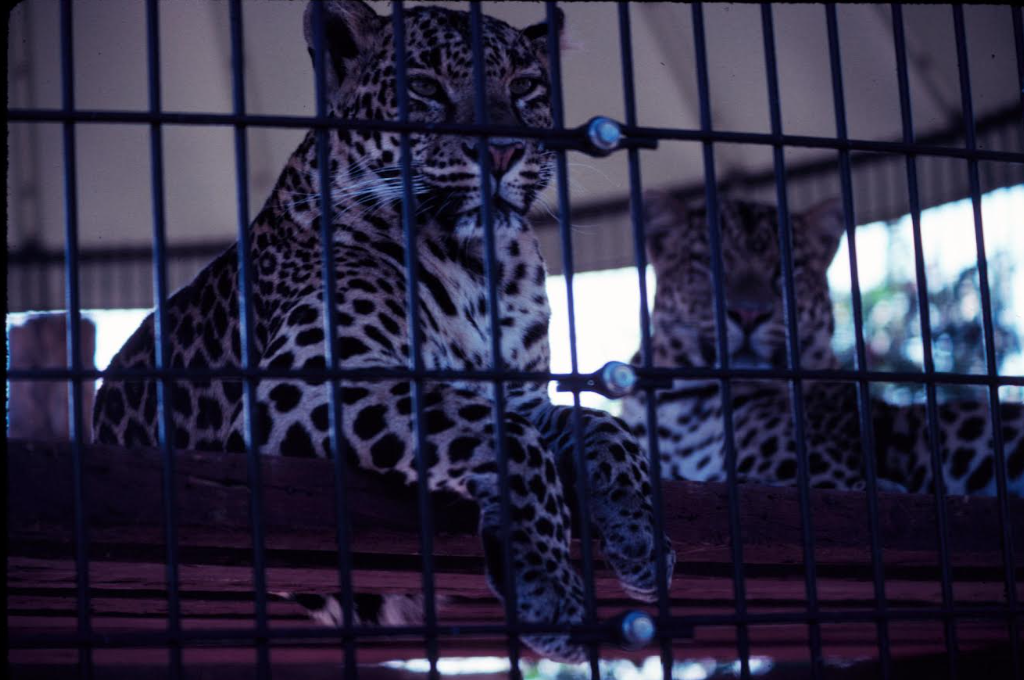
Three other complaints from Voices for the Animals were addressed by the zoo in response, clearly explaining the reasons. The donkey’s hooves were untrimmed because it was not advisable to trim them when the animal is pregnant and now having given birth, they were trimmed. The deer were not confined to the small area attached to their 40 roamable acres, but did often choose to hang out in there because there were fewer flies to deal with. The wolves were in a smallish holding pen awaiting transfer to another zoo.
A 1995 report on Zoos in Ontario lists these animals at the Thousand Islands Wild Kingdom: Hamadryas Baboon (3); Green baboon (3); Japanese macaque (5); Stump-tailed macaque (1); Capuchin monkey (1); Squirrel monkey (1); Siberian tiger (2); African lion (1); Cougar (2); Jaguar (1); Leopard (1); Canadian lynx (1); Timber wolf (1); Arctic wolf (1); Silver fox (2); Polar bear (1); Black bear (2); Raccoon; Sika deer (2); Llama (1); Yak (1); Shetland pony (2); Domestic donkey (3); Barbados sheep (8); Angora goat (4); Pygmy goat (21); Vietnamese Pot-bellied pig (4); Patagonian cavy (1); North American porcupine (2); Domestic rabbit (5); Rhea (1); Golden pheasant (1); Peacock (2); various other bird species; Green iguana (1); various snake species.
This 1995 report by zoo check also states: “This zoo is a privately run second-rate collection of wild animals kept in substandard accommodation. Lack of any understanding about the care and welfare of animals is evident. The state of the enclosures gives the appearance that the zoo has no basic knowledge of the feeding, hygiene, and environmental enrichment required for keeping wild animals in captivity."
The full report is found here https://www.zoocheck.com/wp-content/uploads/2015/06/Zoos-in-Ontario.pdf
It is sad that the current understanding of care and welfare of zoo animals came at cost to the animals in, and the people running, early zoos. Remembering that the information on better care and welfare was just beginning to be gathered by experts is important, when looking at who made what mistakes along the way.
Now what is next?
This heritage storyteller will keep working on the original threads . . . and looks forward to reporting what comes up next! What might next month’s article for Thousand Island Life be about? Stay tuned.

By Sherry L.B. Johnson
Sherry Johnson lives in Gananoque and is a writer and researcher for GanWalking, which is focused on heritage storytelling, research and building a strong accessible research, and genealogy community. Sherry has provided over half-dozen articles for TI Life. Each one provides a window of research on this small and proud Ontario town. In this article she explains what happens when suddenly something interesting falls into her lap. See all of Sherry's articles here.


